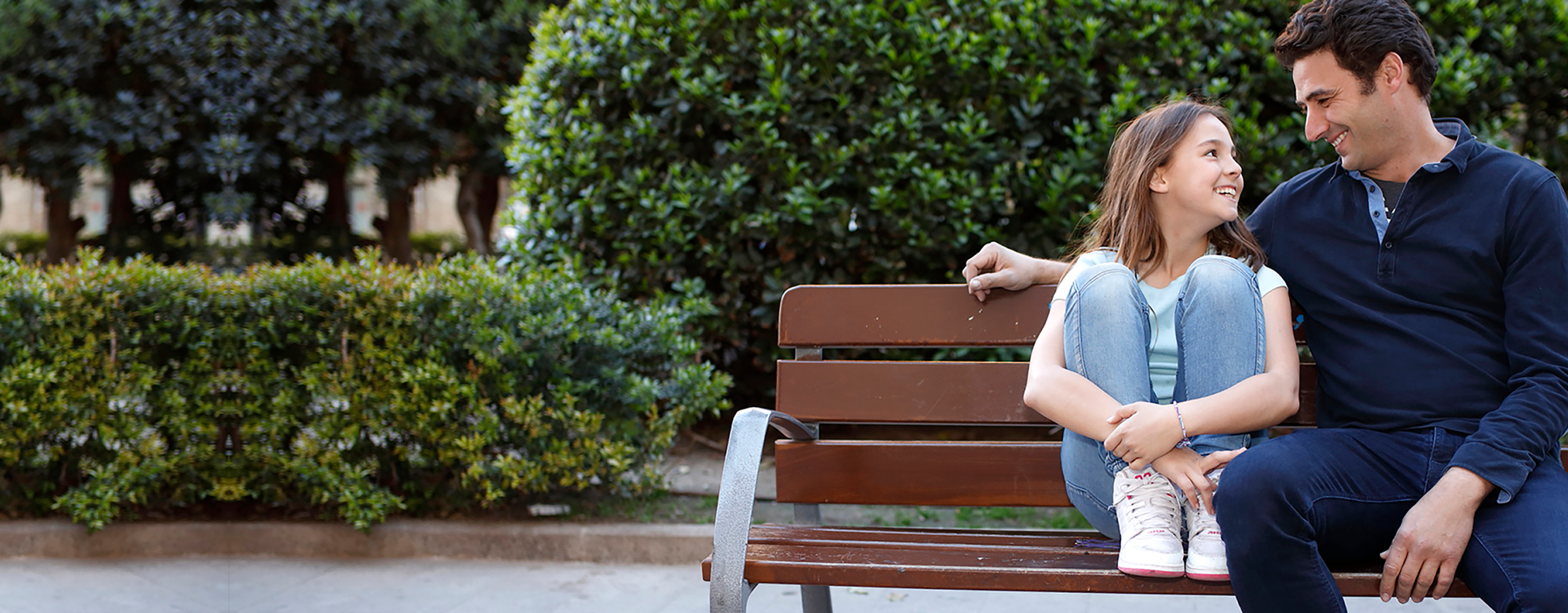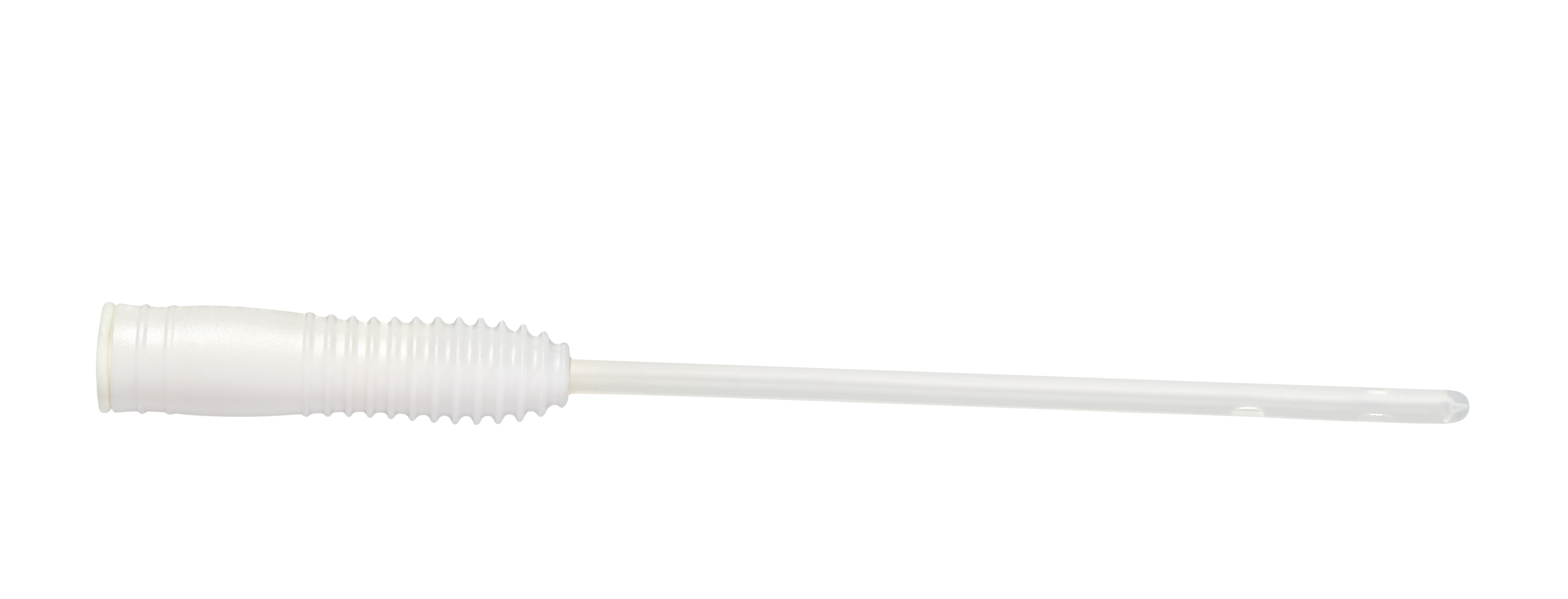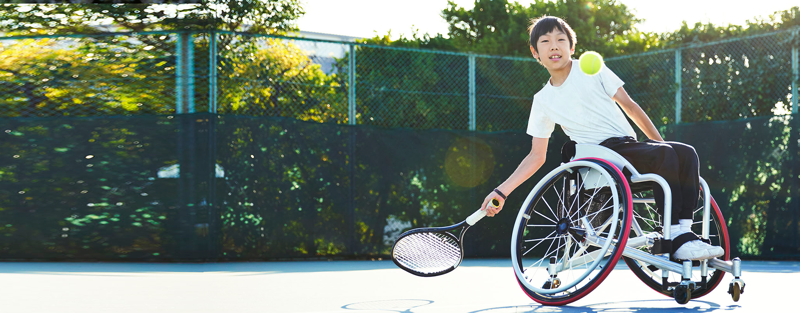
Bladder Problems in Kids
As a parent, you get used to the occasional accident or episode of bedwetting from your child. These are, after all, just part of growing up. However, some children may continue to experience bladder problems, having trouble holding their pee (incontinence) or finding it difficult to empty their bladder (retention).
Depending on the cause of these bladder problems, it may even be necessary to learn to catheterize in order to empty the bladder fully. This page helps to understand when catheterizing may be the best solution to the problem.

Different Problems, one solution
Whether you are a grown up or a child, a lot of things affect your body’s ability to retain urine in the bladder or to empty the bladder. Illness or having experienced an accident may be one of them, or having a condition which means you are not able to pee in the normal way
Some people suffer from both incontinence (trouble holding urine) or retention (trouble emptying). In either case, a catheter will help you take control of how and when you go to the toilet.
If you are worried about having repeated infections like UTIs (urinary tract infections), the LoFric catheters are known to help reducing the risk, due to the unique coating that ensures a lubricated surface during the whole catheterization.
What is a Catheter?
 A catheter is a little tube that you put into your child's bladder when your child needs to have a pee to get the urine out. The times your child will need to use a catheter can be fitted into his or her daily routine - before and after school as well as during playtime and lunchtime.
A catheter is a little tube that you put into your child's bladder when your child needs to have a pee to get the urine out. The times your child will need to use a catheter can be fitted into his or her daily routine - before and after school as well as during playtime and lunchtime.
How to Use a Catheter
A nurse or a doctor will be able to talk to your child about using a catheter and demonstrate how to use one to pee. They will also discuss with your child how many times a day it is reasonable to catheterize, as it is different for everyone. They will work out an individual plan for your child, adapted to school breaks and coming home after school. It can be helpful in the beginning to have a grown up person remind your child before he or she gets into the routine.
Getting Started – Tips and Advice for Parents or Carers
The following tips and advice, developed with the help of Gunilla Tibbelin from the Child and Adolescent Habilitation Services Center in Lund, Sweden, will get you started.
Adapt to Your Child
Children who have suffered damage to their spinal cord may have reduced motor function and sensitivity. If so, you will have to adapt the environment and catheterization equipment to your child's condition. Sit steadily and securely. Your child's hands should be free so that they can assist. Allow enough time to complete the procedure, so that time pressure will not force your child to give up.
The routine should be clear to the child, as well as his/her delegated task. Remember that Mom and Dad should also be able to work in a comfortable position! Practice makes perfect, and it does get easier.
Be Patient
As a parent or carer, you need a certain amount of patience to use a catheter with a child (especially when that child is 2-4 years old and has a strong will of its own). If your child feels that catheterization is very boring, watching a program or film when in the bathroom may offer some distraction during the procedure.
Teaching a child to empty the bladder by using a catheter takes time. Be calm and methodical - with a little training and patience, it soon becomes a natural part of your everyday lives.
Let Your Child Participate
It's easier to empty the bladder if your child is sitting upright than if he/she is lying down. If your child has not yet learned to sit upright, use a pillow or a similar object to support its back. As soon as your child can sit upright on his/her own, he/she can follow the emptying procedure and maybe even participate more actively.
In the same manner as you would teach your child to hold a toothbrush and see how it feels, you can let your child hold a catheter while you empty his/her bladder. This can be a way of trying to build an understanding of how catheterizing becomes a part of the daily toilet routine.
When your child is 1-2 years old, it is time to start sitting on the pottie or toilet. Take advantage of children's natural curiosity. Encourage them to participate - let them fetch the catheter, open the catheter bag or maybe even pull the catheter out after they’re finished.
When your child is pre-school age, you can start teaching him/her self-catheterization more actively. Use a doll to show how a catheter is used. Sit down and draw pictures together, and explain how urine leaves the bladder. Having a doll with a "pee-pee" hole, where your child can practice inserting a catheter increases your child's skill in handling a slippery catheter. When it is time to empty the bladder, let your child try to find their urethra and insert the catheter by himself/herself.
Even when your child has learned to insert a catheter, it is important that you help make sure that the bladder has been emptied properly and correctly. Catheterization becomes natural for your child if he/she is allowed to participate from as early an age as possible. This contributes to their self-esteem and to greater independence later on in life. By the time your child begins school, it will help if he/she can empty the bladder with a catheter on his/her own.
Frequently Asked Questions - Children
Children and IC - FAQ
In this section we answer some of the most frequently asked questions on intermittent catheterization in children.
